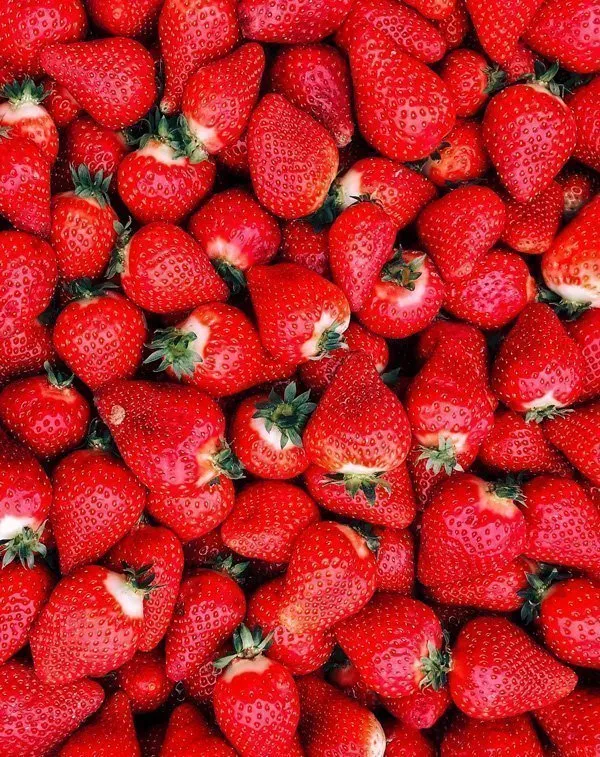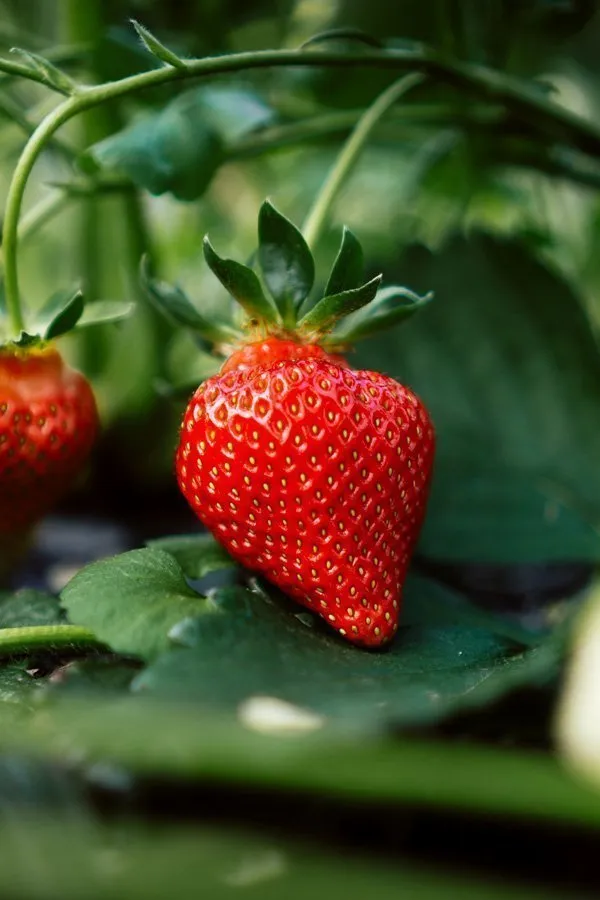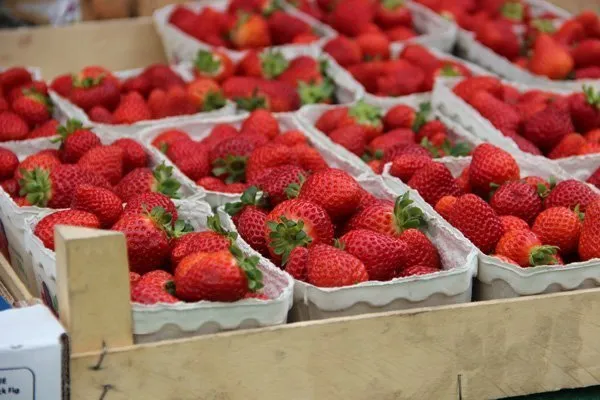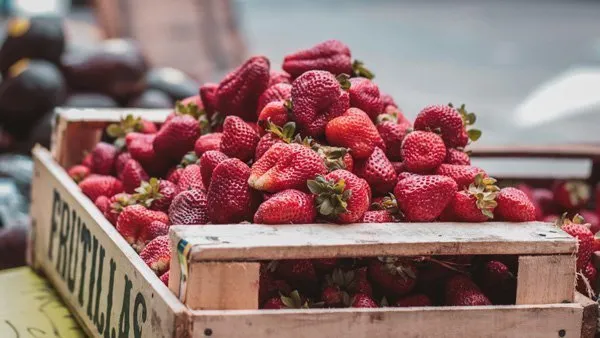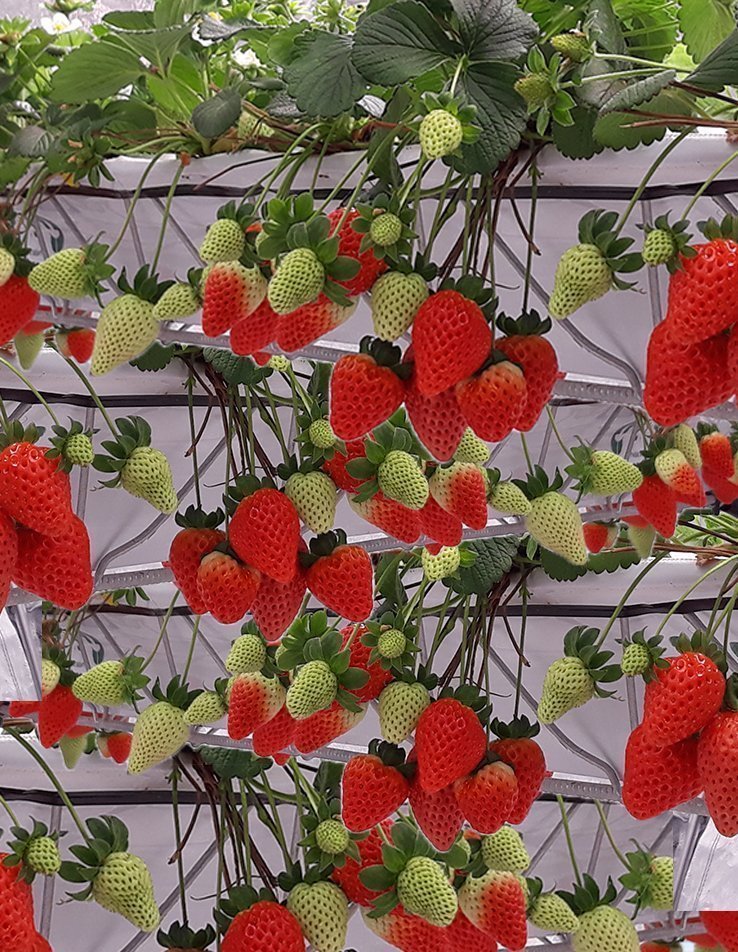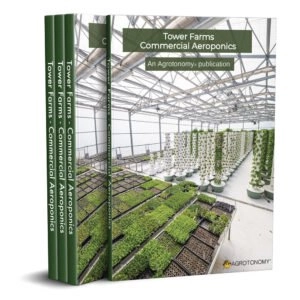Strawberry farming typically takes place either outdoors or within greenhouses, with each environment offering distinct advantages and challenges.
Outdoor strawberry farms often utilize raised beds covered with plastic film, which acts as a mulch to retain soil moisture, suppress weed growth, and prevent the fruit from contacting the ground or irrigation systems. These farms rely on drip irrigation and fertigation, where nutrients are delivered through the drip system. However, the outdoor environment presents logistical challenges, as strawberry farming is seasonal and subject to labor-intensive harvesting operations.
In contrast, hydroponic strawberry farms within climate-controlled greenhouses can function year-round with the assistance of artificial lighting. Despite this, operating hydroponic farms in extreme climates can be costly due to the high energy demands. In hot environments, for example, it’s difficult to maintain greenhouse temperatures below 20-25°C (68-77°F), limiting strawberry farming to seasonal operations with average yields. On the other hand, hydroponic strawberry farms in colder climates require significant energy for lighting and heating, though these systems, when well-designed, can produce high yields and extend the growing season compared to traditional soil farming.
Regardless of the growing method, one of the greatest challenges in strawberry farming is the harvesting process. Strawberries are non-climacteric fruits, meaning they stop ripening once picked. This differs from climacteric fruits like apples, bananas, and tomatoes, which continue to ripen post-harvest thanks to ethylene gas production. When strawberries are harvested too early, they remain firm and sour, leading to a poor consumer experience. To make matters worse, strawberries are often harvested prematurely to ensure they aren’t overripe by the time they reach consumers. This practice, along with temperature fluctuations or nutrient deficiencies, can lead to “white elbows” — under-ripened, white areas near the stem that never fully develop in flavor or color.
Whether grown outdoors or inside greenhouses, strawberry farms are typically located far from urban centers, resulting in additional time required for transportation and distribution. To deliver truly ripe strawberries, they would need to be grown closer to cities and delivered directly to retailers or consumers without unnecessary delays.
This is where Agrotonomy steps in with strawberry indoor hydroponic Tower Farms, where 52 plants can be grown per square meter and can be easily set up within city limits, whether repurposing an existing space or building a new structure.
And yes, our aeroponic towers are also hydroponic towers!! In fact, like DWC (Deepwater Culture), NFT (Nutrient Film Technique), and Ebb and Flow, aeroponics is a branch of hydroponics. Exactly like Chinese food, Japanese food, and Thai food, under “Asian food” although they are completely different.
We advise you to read the following articles published in our blog relating to strawberry farming indoors:
Indoor Strawberry Vertical Farms
Hydroponic Strawberry Cultivation System
Growing Day-Neutral Strawberries Hydroponically
Growing Everbearing Strawberry on Hydroponic Towers
Growing June-Bearing Strawberries Hydroponically
Electrical Output Calculation for a 200 m² Strawberry Indoor Tower Farm
